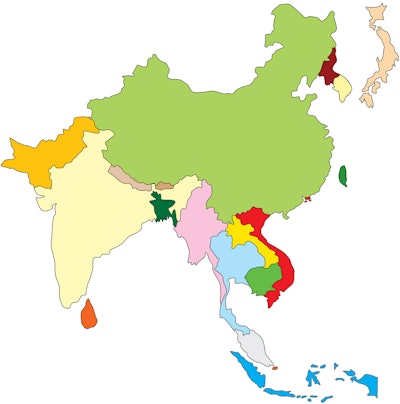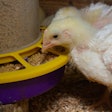
The poultry industry in south and southeast Asia is near the top of the wish list for investors, who see a bright future for the sector in that region.
In the recently released report, “Capturing Investment Opportunities in Asia’s Poultry Supply Chain,” Rabobank anticipated growth for the Asian poultry sector. Based on data from the United States Department of Agriculture (USDA), Food and Agriculture Organization of the United Nations (FAO) and more localized sources, Rabobank projected that 55% of the global poultry industry’s growth will be based in Asia. Of that, 14% will be in south Asia and another 14% will be in southeast Asia.
More specifically, Rabobank foresees growth in poultry production in the countries of India, Indonesia and Pakistan. Between 2023 and 2030, Rabobank anticipates poultry production in India will increase by 1.8 metric tons, while in Indonesia and Pakistan production will increase by 1 metric ton.
Rabobank pointed out three reasons why such growth is anticipated and investments in the poultry sector are so appealing. They are:
Population growth
South and southeast Asia are expected to represent about 45% of the global population growth through 2030. Citing figures from the United Nations Population Division, about 75% of that growth is expected in India, Pakistan and Bangladesh.
Economic growth
The International Monetary Fund expects annual gross domestic product (GDP) growth between now and 2028 in southeast Asian nations, which will likely mean further increases in spending power. Rabobank expects as spending power increases, so will the purchase of animal protein products.
Changing consumer preferences
According to the report, consumers in Asia tend to choose to either poultry or seafood as their animal protein of choice. Seafood presently accounts for about 50% of total animal protein consumption, while poultry accounts for 25%. However, Rabobank stated that consumers there are increasingly opting for poultry. Consumers are shifting to chicken because of its strong price position, health benefits, taste, convenience and availability. The pork industry’s struggle with African swine fever (ASF) is another reason poultry demand is increasing.



















